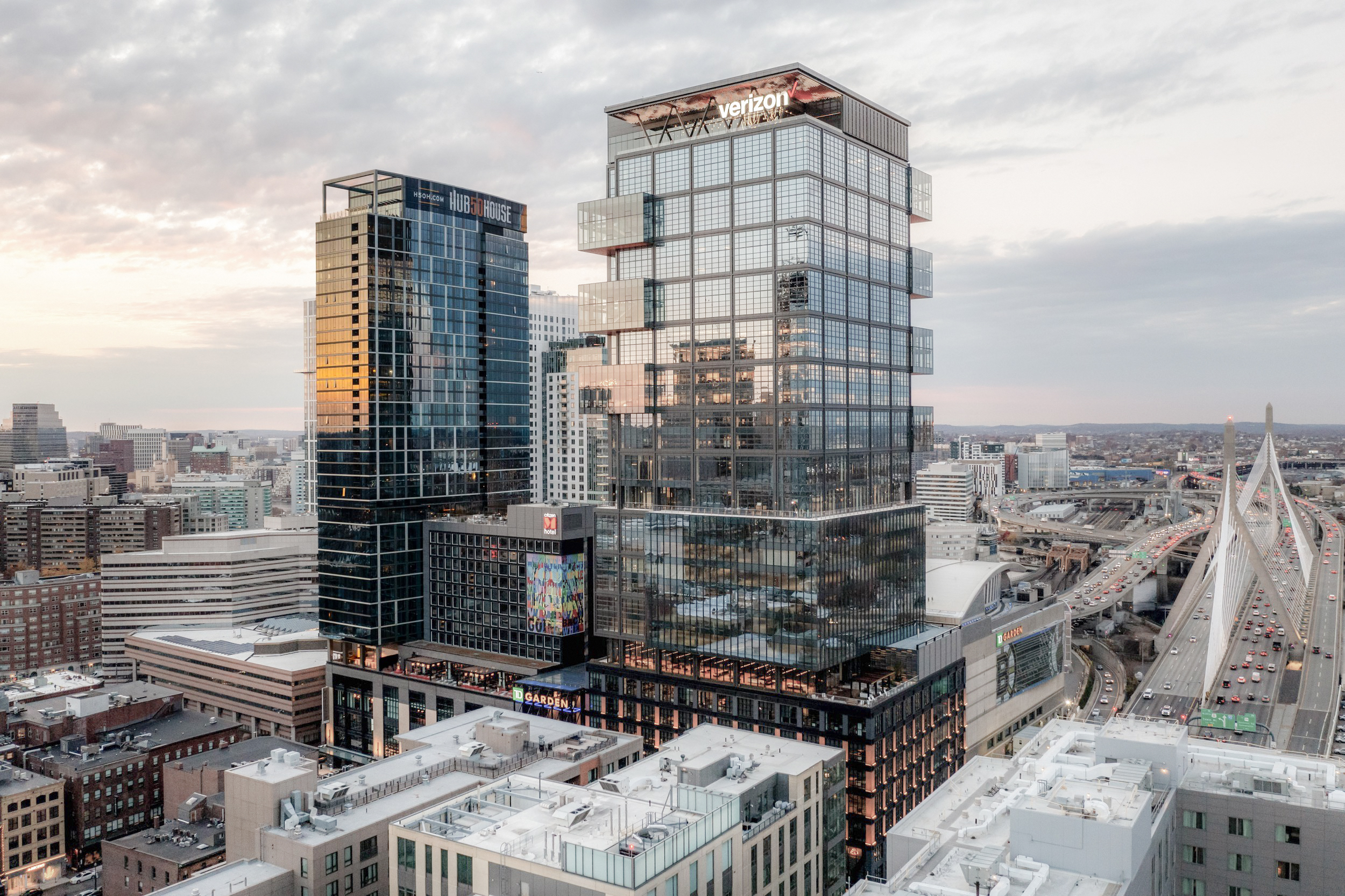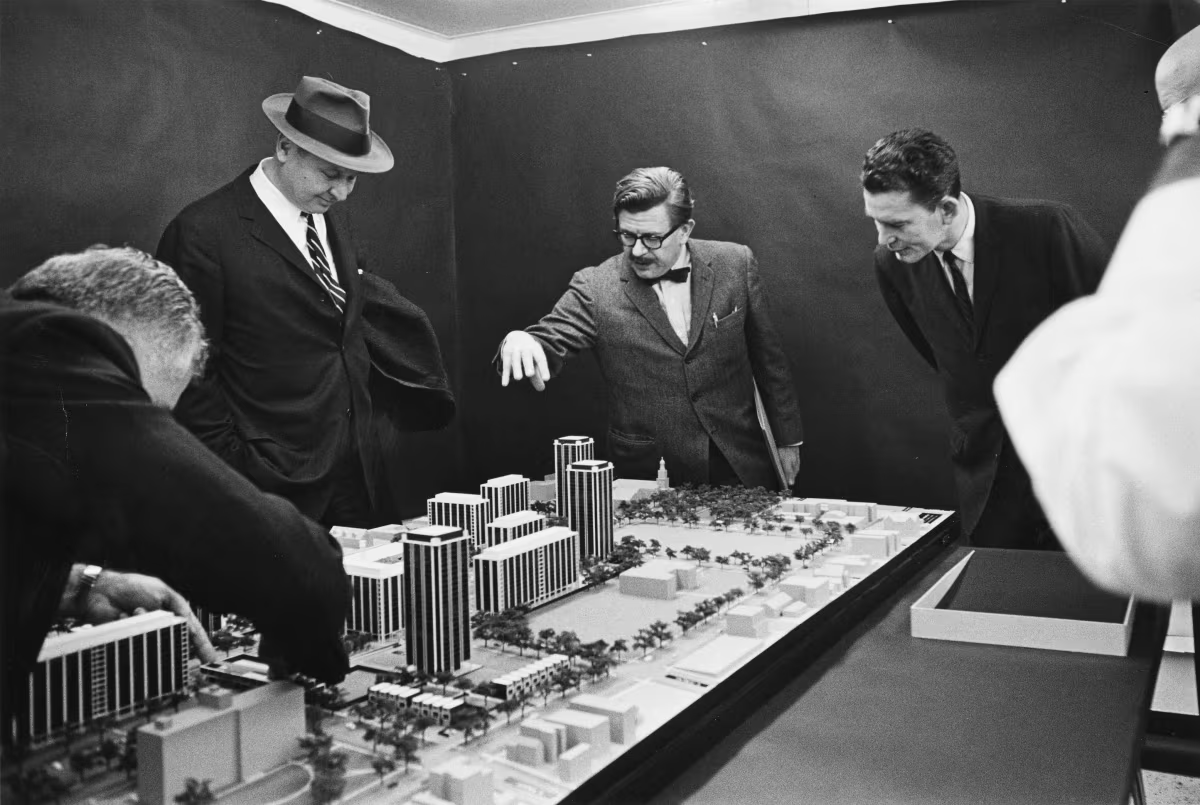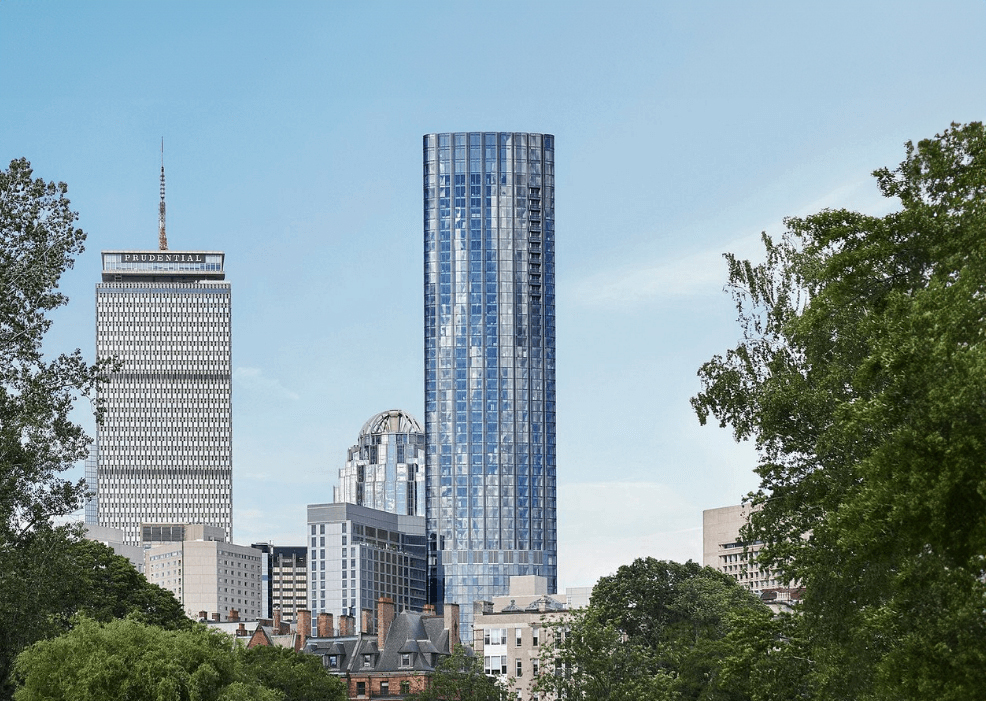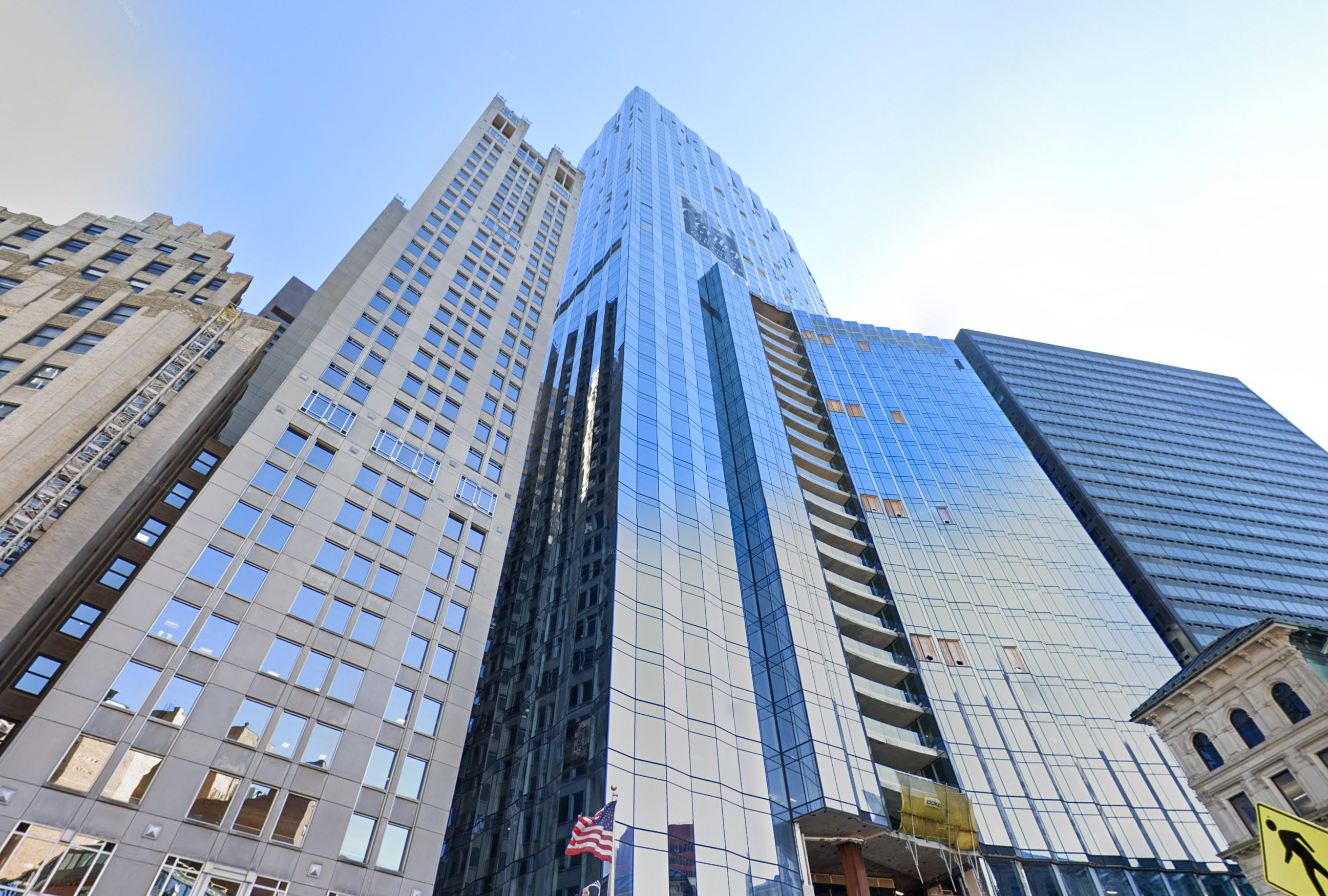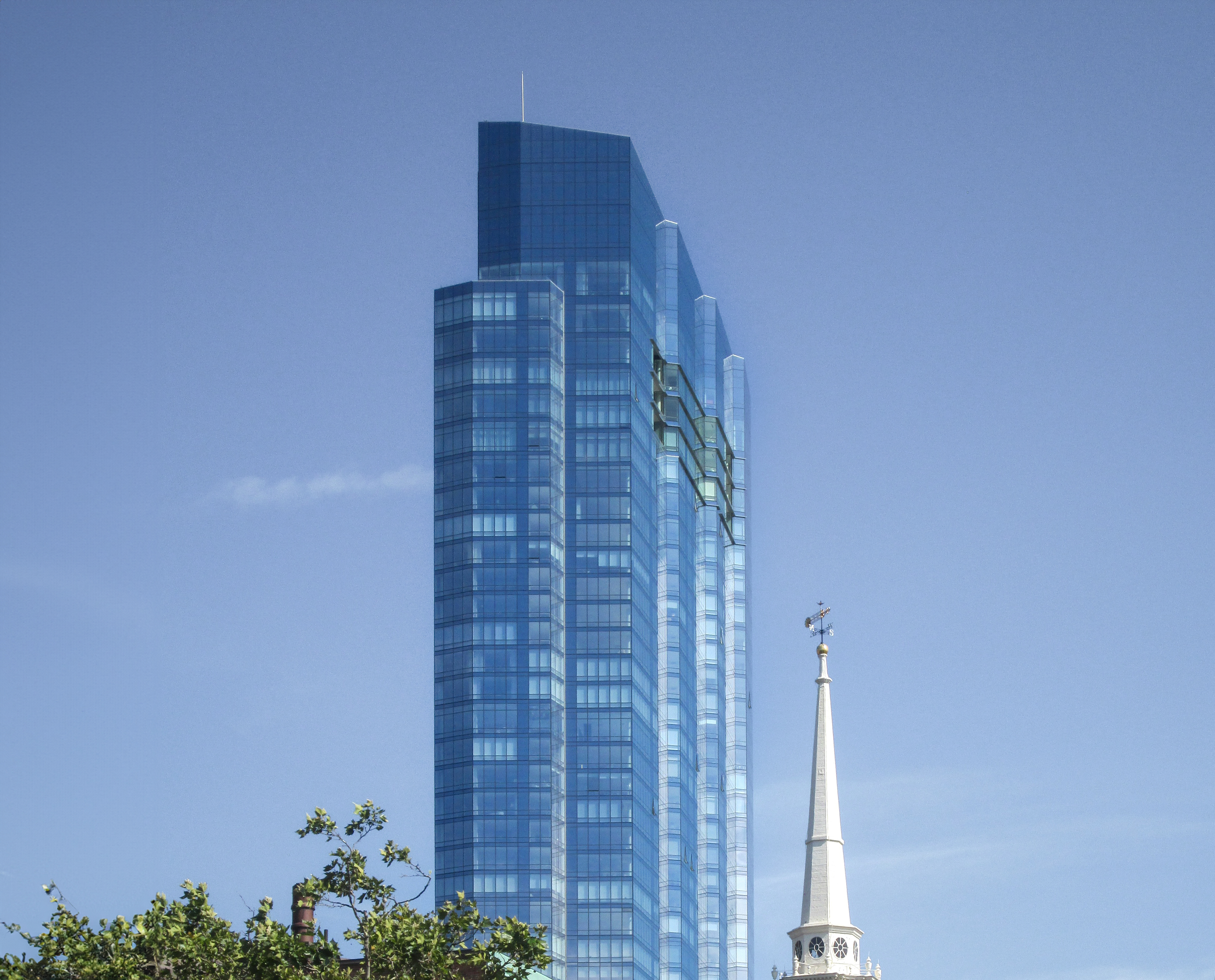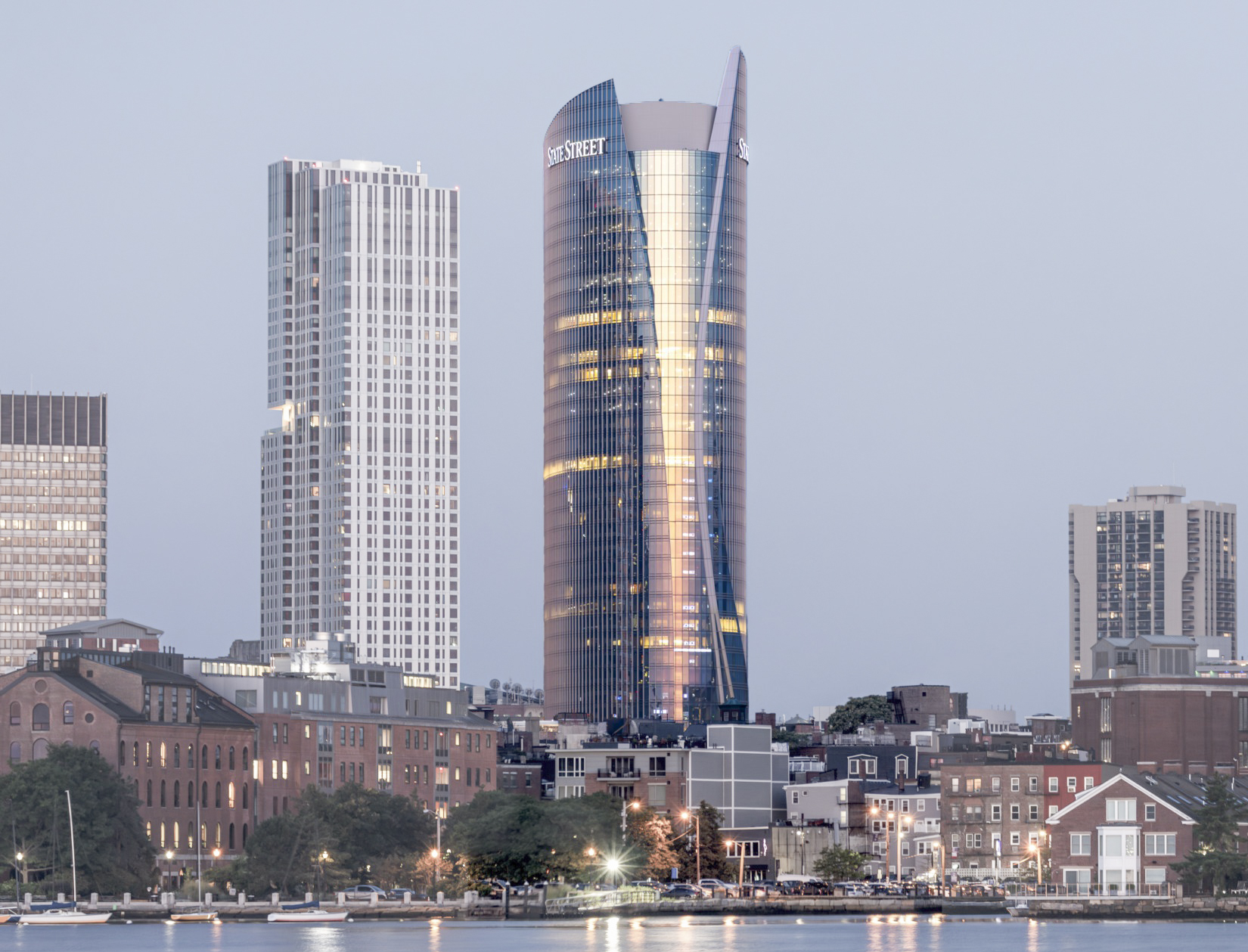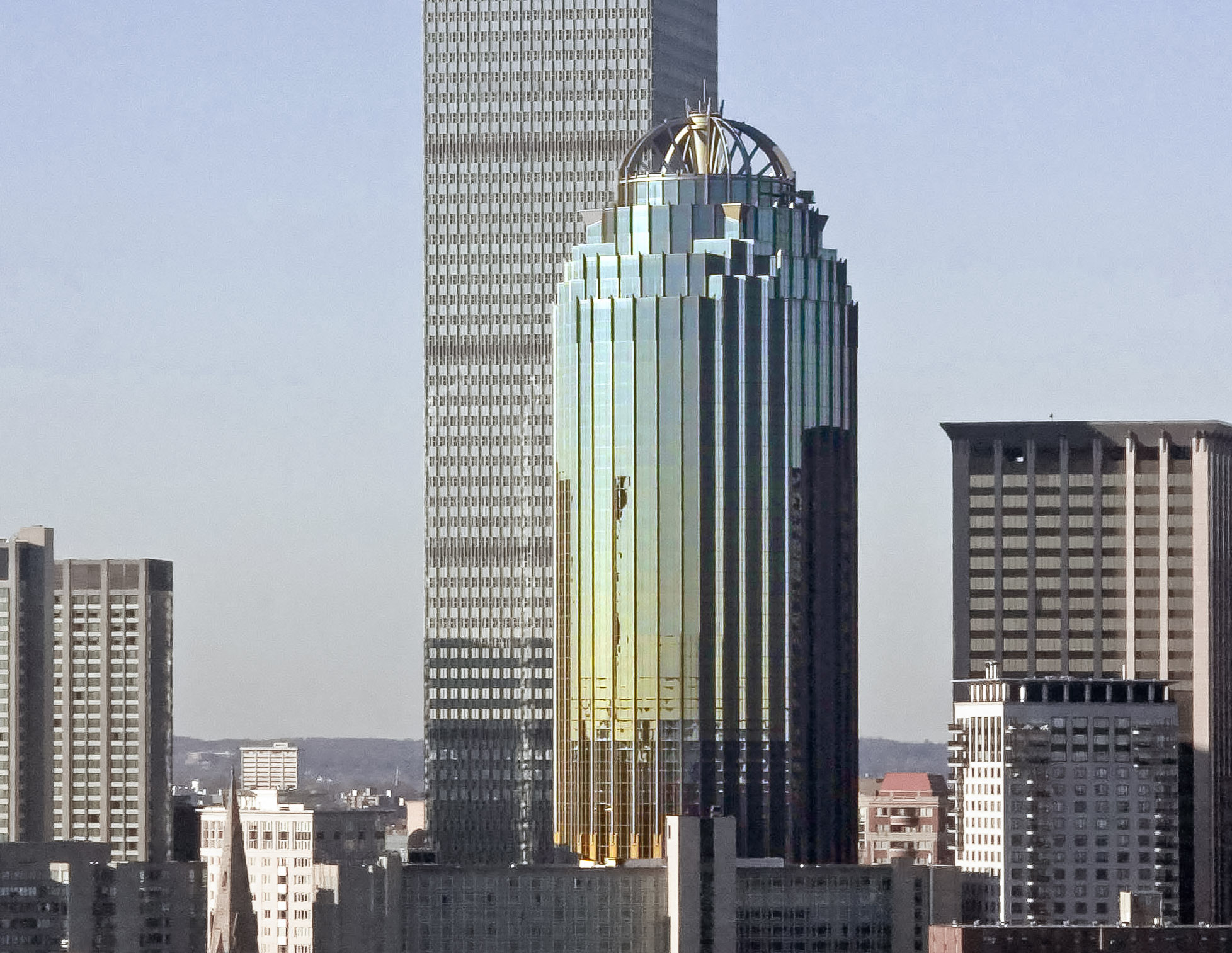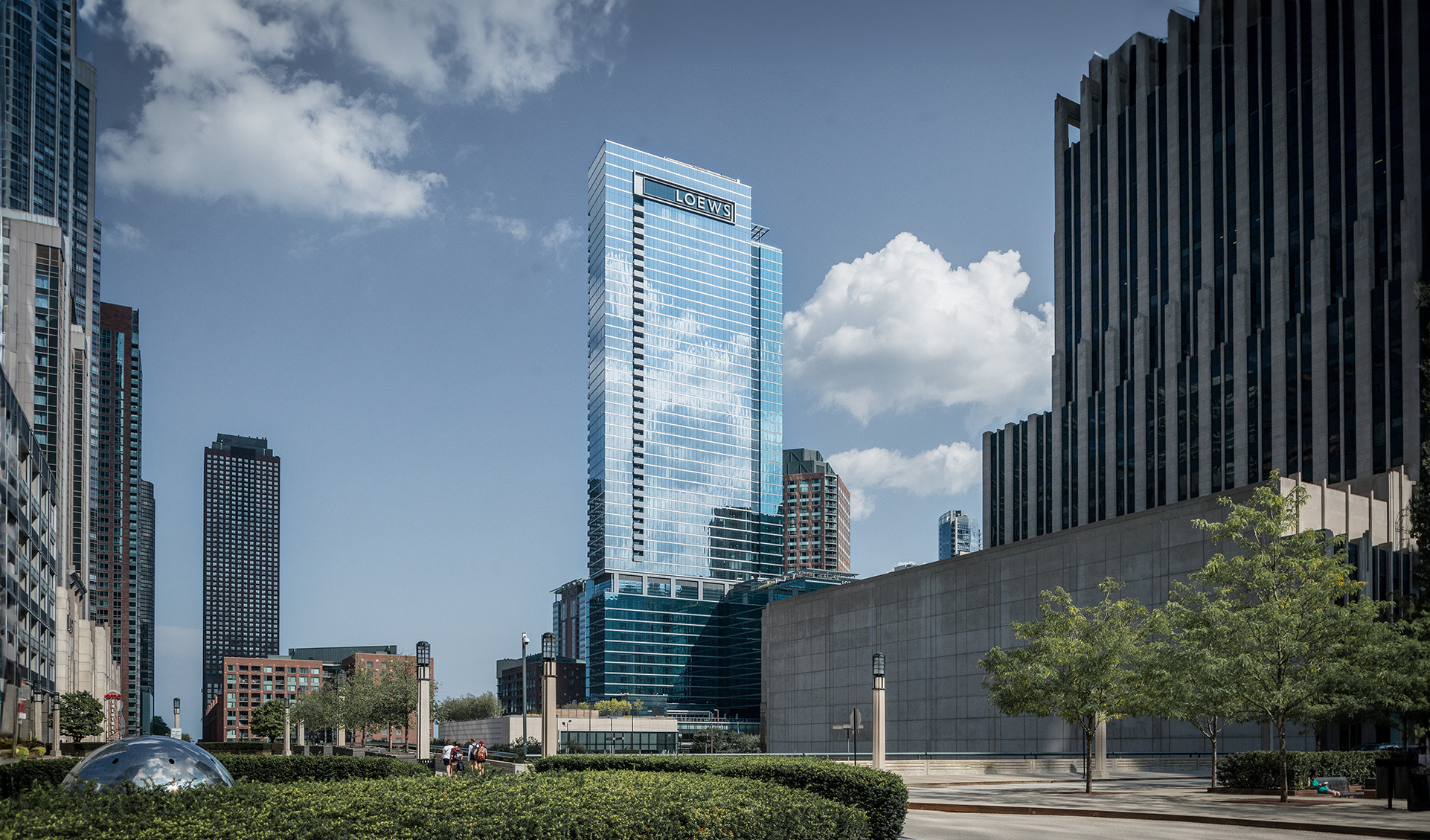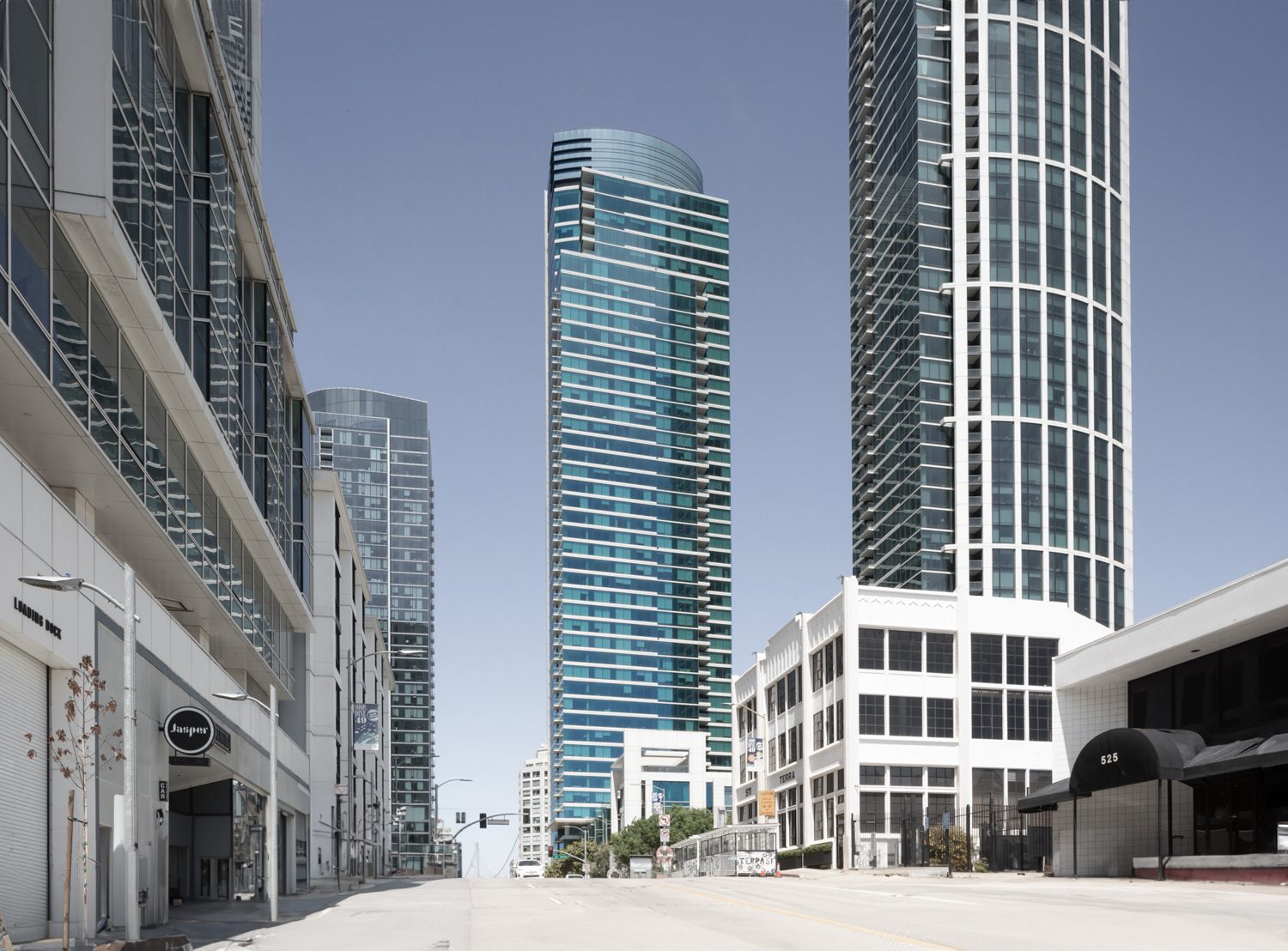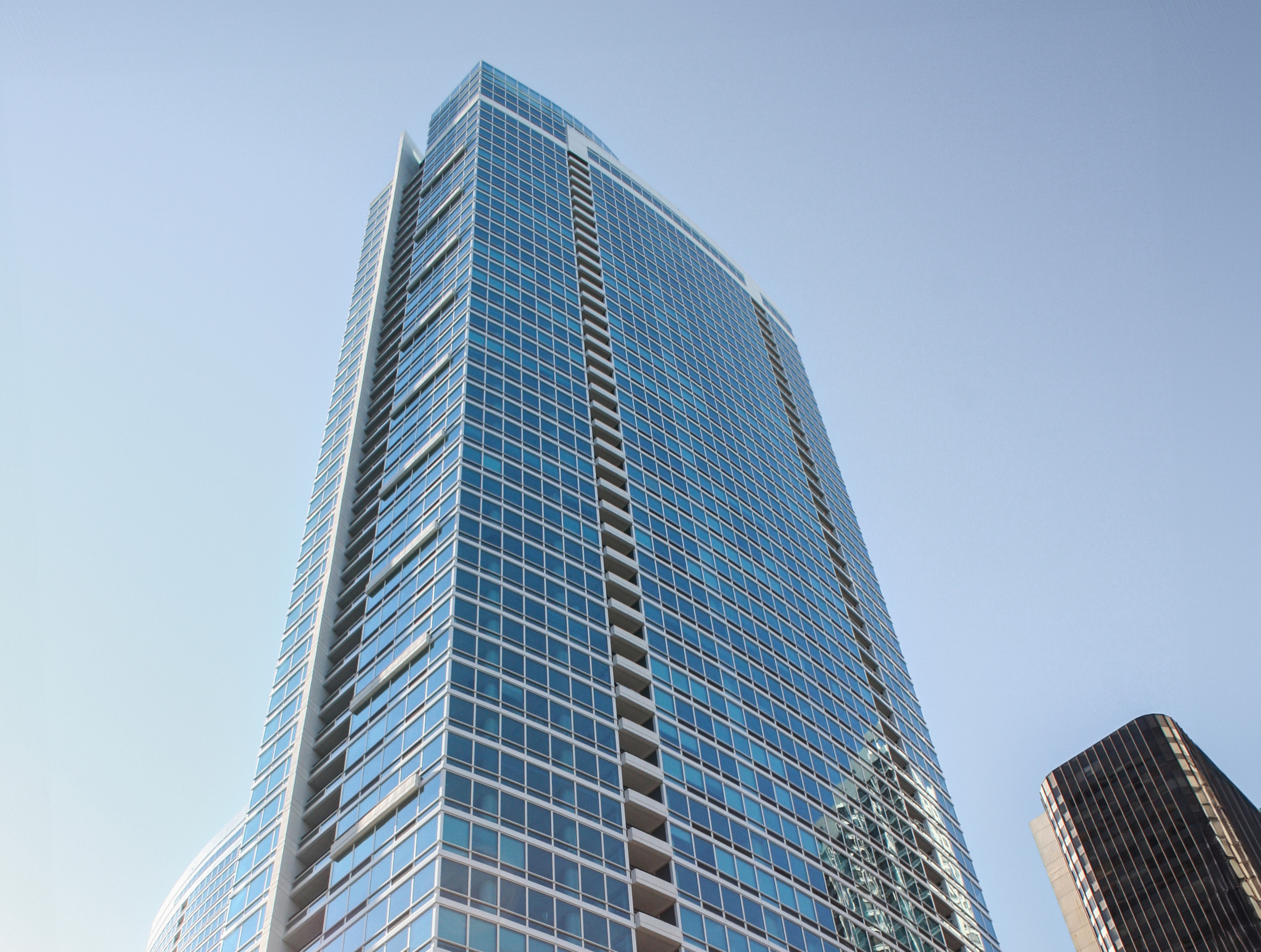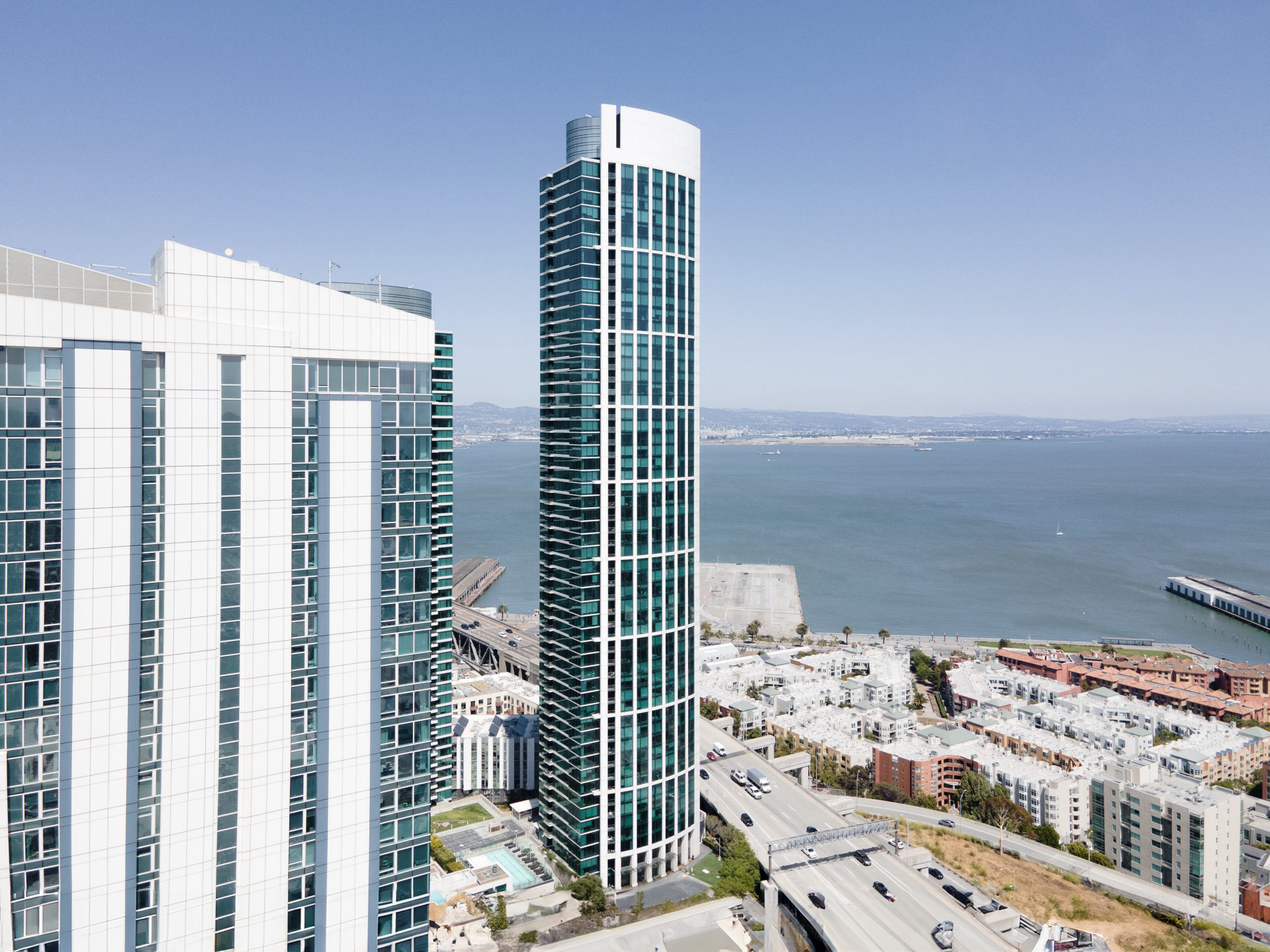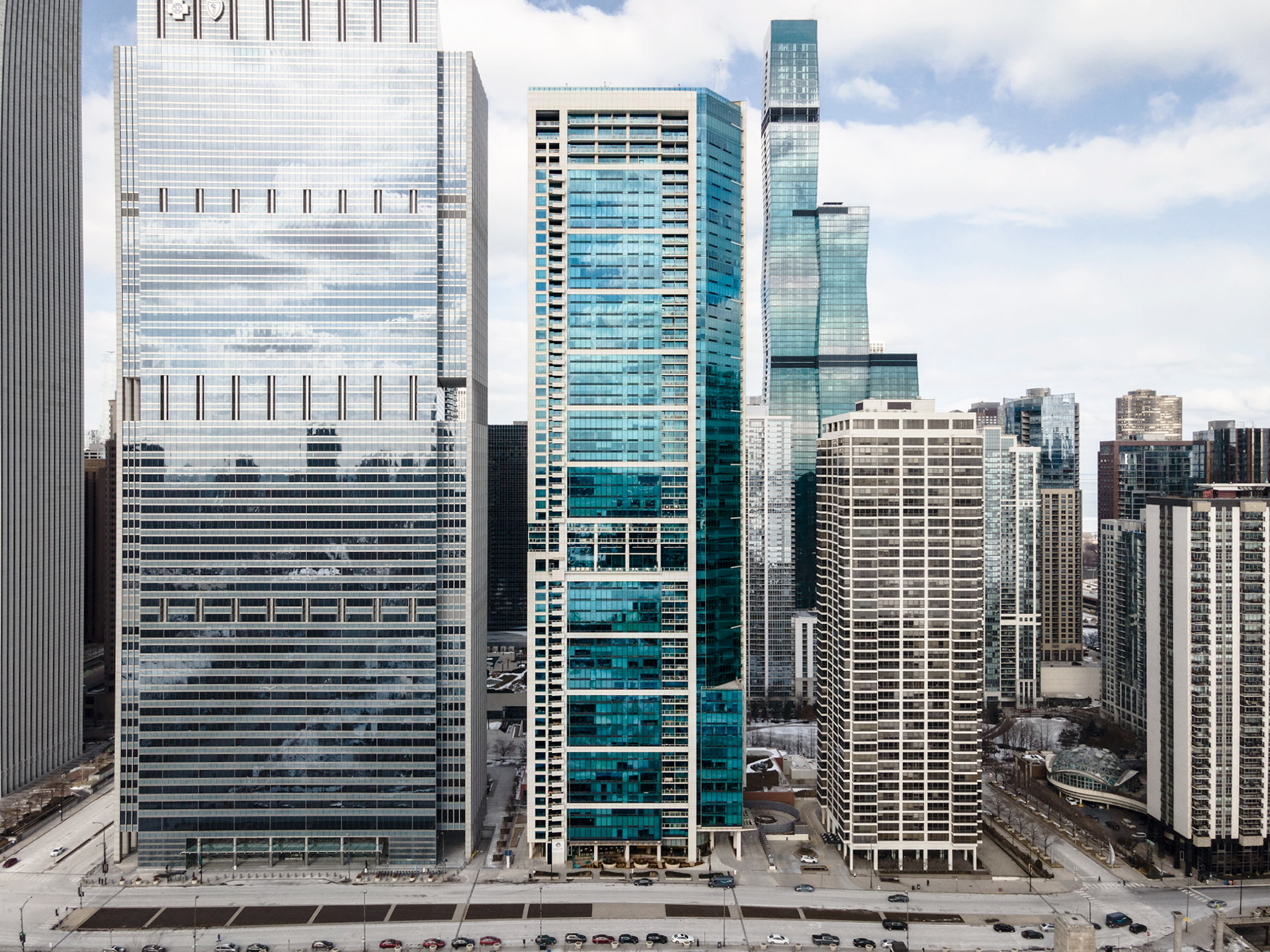The The Hub on Causeway Residential Tower is a Contemporary skyscraper designed by Solomon Cordwell Buenz, and built between 2016 and 2019 in Boston, MA.
The Hub on Causeway Residential Tower is not the only name you might know this building by though. The building is, or has also been known as Hub50House.
Its precise street address is 50 Causeway Street, Boston, MA. You can also find it on the map here.
In 2020 the The Hub on Causeway Residential Tower was awarded with the PRISM Gold Award.
The Hub on Causeway consists of a six-story structural steel podium that supports three towers:
- The Hub on Causeway Office Tower
- A lower Hotel Tower
- The Hub on Causeway Residential Tower (This article focuses on this tower)
This complex is built over a four-level underground parking garage with a capacity for 800 cars and several MBTA subway tunnels. At the center lies a five-story arcade, sheltered by a steel-and-glass canopy and flanked by restaurants, markets, and shops. It culminates in a grand entrance designed to direct pedestrians toward the North Station transportation hub .
